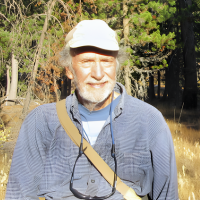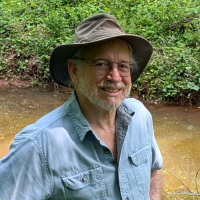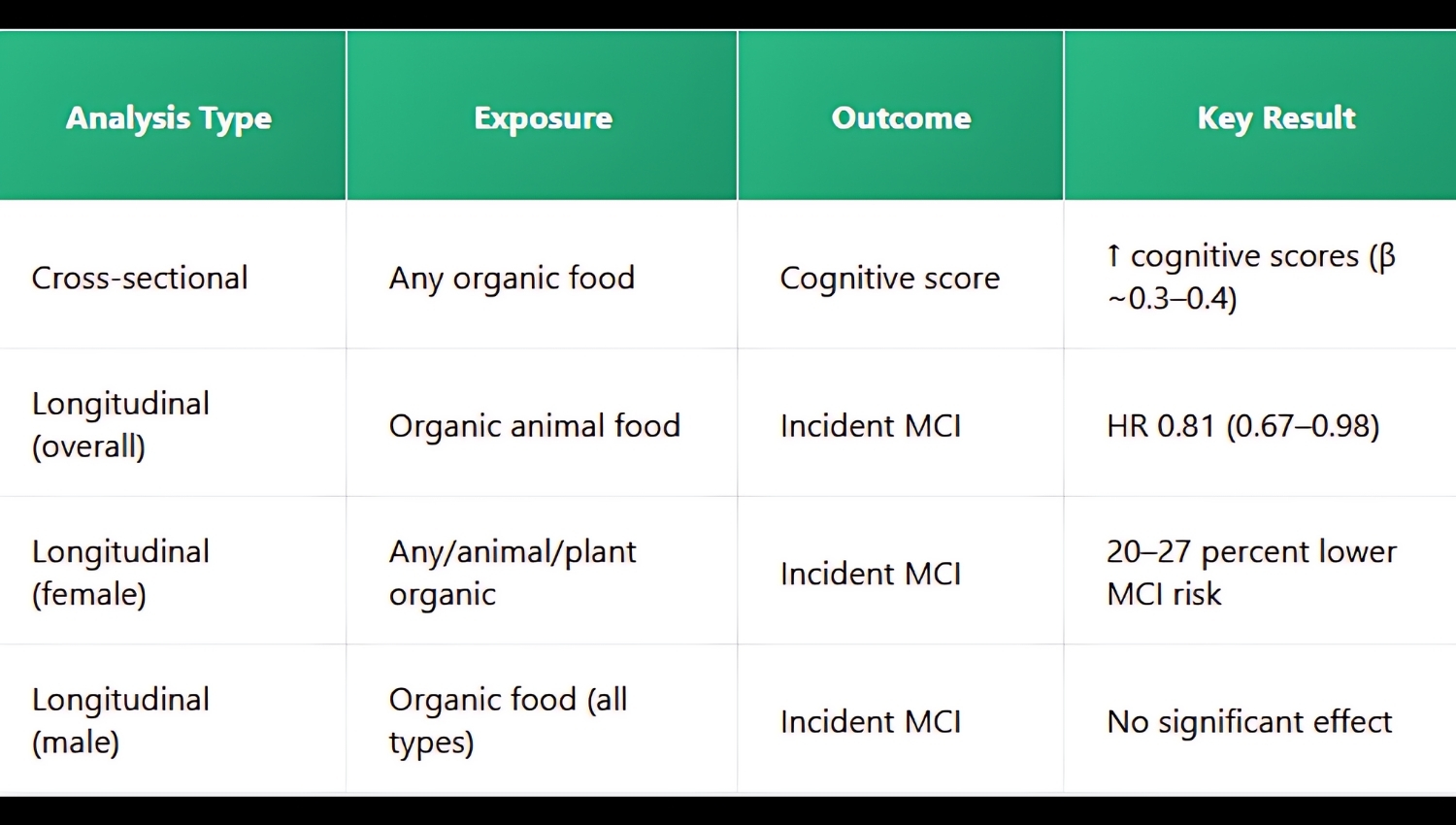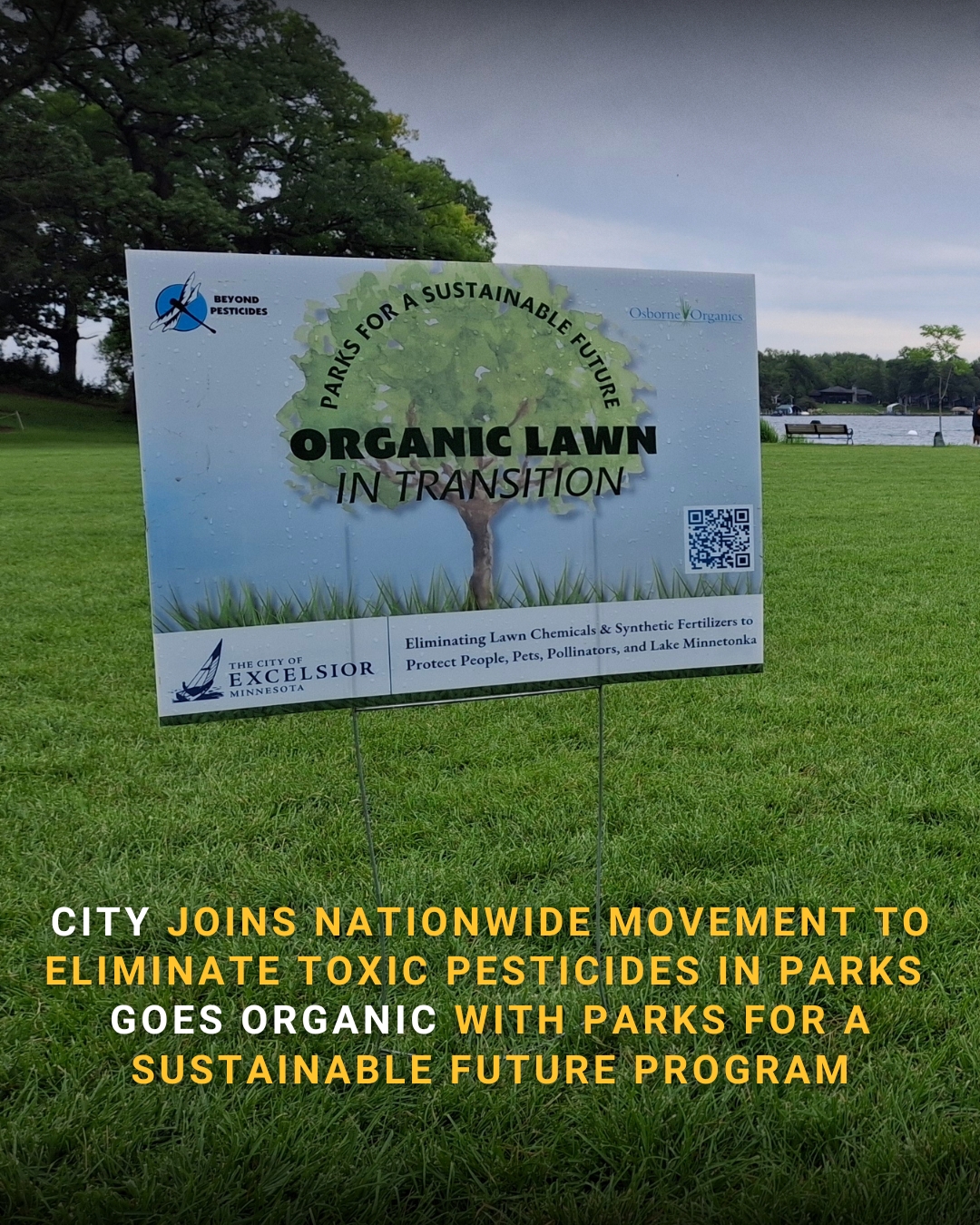29
Oct
Renowned Intl Ecologist to Speak at Forum Today, Study Released on Bats, Beavers, and Biodiversity
(Beyond Pesticides, October 29, 2025) The latest research on bats and beavers, ecosystem services, and biodiversity adds to a wide body of science on the importance of a balanced ecosystem. In both the Bulletin of the National Research Centre and Journal of Animal Ecology, the researchers highlight the interconnectedness not only between wildlife species but to broader ecosystem functioning and human health implications. Researchers in the Journal article add to the growing body of science connecting an abundance of bat species in areas with established beaver dams, highlighting how interconnected wildlife is. The reporting on this recent research coincides with Beyond Pesticidesâ 42nd National Forum, The Pesticide Threat to Environmental Health: Advancing Holistic Solutions Aligned with Nature, scheduled for today, October 29.
As the author of the article in the Bulletin of the National Research Centre, entitled âThe complex web between environmental disruption, pesticide use, and human health: lessons from the bat crisis,â states: âThe close relationship between environmental balance, biodiversity, and human health has long been a concern of science and public policy. Disruptions in ecosystems often trigger cascading effects that extend far beyond the original ecological imbalance, affecting agricultural practices, food security, and public health.â
Bat Declines and Human Health
Previous research demonstrates the decline of bat populations in the USA resulting from the spread of white-nose syndrome (WNS), a lethal fungal disease caused by Pseudogymnoascus destructans. This mortality, due to the loss of ecosystem services that bats provide as natural predators, leads to dramatic increases in pesticide use. A 2024 study finds that as a result of these implications, a corresponding rise in infant mortality also occurs.
âThis unexpected outcome illustrates how the loss of ecological agents can result in human health impacts through indirect mechanisms,â the current study authors state. âThis wildlife epidemic, by decimating local bat populations, abruptly disrupted an invisible yet essential ecosystem service: the biological control of agricultural pests.â
Beyond Pesticides, in covering the study last year by Eyal Frank, PhD in Daily News, highlights how many farmers rely on bats as alternatives to pesticides to protect their crops from insects, but WNS has greatly impacted bat populations since 2006. With the collapse of many bat populations in counties in North America, these farmers turn to toxic chemicals to replace the ecosystem services bats usually provide. These chemicals, however, lead to ripples through the ecosystem and endanger human health.Â
WNS is caused by an invasive fungus found in caves that affects bats during hibernation. As highlighted in an article in the New York Times, three species of bats in North America have been decimated by this syndrome, and bats with WNS have been confirmed in 40 states and nine Canadian provinces. According to bat experts, 52% of bat species in North America are also at risk of severe declines over the next 15 years.
Multiple crises impacting biodiversity, human health, and climate change are threatening ecological balance. Bats are one of many beneficial species that provide important ecosystem services, such as mosquito management and pollination, that are underappreciated until their services are no longer available.
As Dr. Frank highlights in his study, âBats provide biological pest control through their high population size and predation rates on a variety of insects, many of which are crop pests. Insectivorous bats consume 40% and above of their body weight in insects each night.â When fewer bats are available to remove these insects, especially ones known to damage produce and other crops, farmers are left seeking other pest control options.
To determine the impacts on human health from these population declines, Dr. Frank collected data from counties experiencing WNS regarding insecticide use and infant mortality from 2006-2017. In comparing these numbers, âafter the onset of bat die-offs, farmers in the county increase their insecticide use by 31.1%, on average,â he states. âInfant mortality rates due to internal causes of death (i.e., not due to accidents or homicides) increased by 7.9%, on average, in the affected counties. This result highlights that real-world use levels of insecticides have a detrimental impact on health, even when used within regulatory limits.â These rates correspond to an additional 1,334 infant deaths, which shows that for every 1% increase in pesticides, there is a 0.25% increase in the infant mortality rate.
This study calls attention to the observable and statistically significant increases in insecticide use in counties that document WNS compared to non-WNS counties, with increased infant mortality also occurring in those areas. This correlation highlights the direct agricultural and health benefits that bats provide, as these effects were not seen in the years preceding WNS detection. For additional information, visit Beyond Pesticides’ resource Benefits of Bats.
The Beaver-Bat Connection
Researchers from Switzerland, in the article published in the Journal of Animal Ecology, state: âAs ecosystem engineers, Eurasian beavers (Castor fiber) modify aquatic and terrestrial ecosystems, which can benefit the biodiversity and community composition of plant and animal species. However, in contrast to aquatic taxa, beaver engineering impacts on terrestrial taxa, like bats, are so far largely overlooked. While it has been shown that bats prefer beaver-engineered ecosystems, the reason for this choice is poorly understood.â (See scientific literature here, here, here, here, here, and here.)
In seeking to address this knowledge gap, the researchers recorded bat species richness and feeding activity in ecosystems with and without beavers along a stream in Switzerland. Beavers, as one of the most well-known ecosystem engineers working across aquatic-terrestrial habitats, impact biodiversity through direct and indirect mechanisms.
âDirectly, ecosystem engineers modify or create habitats, increasing habitat heterogeneity and providing additional niches for plant and animal species,â the researchers state. They continue, âIndirectly, ecosystem engineers change the composition of local communities, which can lead to novel interactions among species.â For beavers, dam construction and tree felling are direct methods of enhancing biodiversity and promoting interactions among animals and plants.
In describing the study, the authors note: âHere, we assessed the effects of beaver engineering on bat species richness, bat activity, and bat feeding activity in eight stream ecosystems ranging from near-natural to heavily human-impacted, located across the Swiss midlands. We studied how beavers affected bats directly (e.g., through modifications of the habitat structure such as volume of standing deadwood or canopy heterogeneity) and indirectly (e.g., via altered food availability).â
Study Methodology and Results
Eight beaver-engineered ecosystems (referenced as âpoolâ within the study) were paired with control sites without beavers (âcontrolâ). Data on food availability for bats, with arthropod flight interception traps, and habitat suitability, with deadwood volume and vegetation surveys, was collected to compare with the bat richness and abundance noted in the areas.
After collecting bat calls during eight full nights in mid-June and eight full nights in late July and performing statistical analyses with the results, the researchers find that the food availability for bats (as arthropod abundance) is positively correlated with bat feeding activity and bat richness. Overall, âbat species richness, activity, and feeding activity were significantly higher in beaver-engineered Pool compared to Control areas.â
The researchers say: âOur models revealed that this higher bat richness, activity, and feeding activity were related to direct beaver engineering effects on standing deadwood density and canopy heterogeneity, as well as indirect effects through arthropod abundance. Notably, and against our expectations, the influence of standing deadwood density and canopy heterogeneity was overall more pronounced than that of arthropod abundance, indicating that habitat characteristics were a better predictor for bat activity than food availability (arthropod abundance).â
Standing deadwood, created by beavers, is a critical resource for bat roosting and foraging. With bat activity increasing 1.6 times and bat feeding activity 2.3 times in beaver-engineered systems when compared to controls, this highlights the relationship between beavers and bats that is underappreciated.
In summary, the study âfindings suggest that beaver engineering created structurally diverse habitats that supported a broader range of bat species,â the authors conclude. They continue: âBy modifying both habitat structure and prey abundance, beaver engineering affected bat activity, richness, and feeding activity directly and indirectly. These changes operated across aquaticâterrestrial boundaries, highlighting the cross-ecosystem influence and ecological complexity of ecosystem engineering.â
Importance of Biodiversity
Biodiversity is literally the diversity of life. In the most general sense, biodiversity refers to all the species that share a defined habitat to form a community of interdependence. Protecting all organisms that live in both terrestrial and aquatic ecosystems is imperative to a liveable future. As Beyond Pesticides advocates, environmental contaminants, through their production, use, and disposal, adversely affect the rich biodiversity on which life depends. Wildlife is particularly vulnerable to pesticide exposure as these toxic chemicals can accumulate in the body as well as the environment, threatening ecosystem services and global well-being.
Broad efforts are urgently needed to protect biodiversity. As entomologist Dave Goulson, Ph.D. writes in his book called A Sting in the Tale (2014), âWe need worms to create soil; flies and beetles and fungi to break down dung; ladybirds and hoverflies to eat greenfl[ies]; bees and butterflies to pollinate plants to provide food, oxygen, fuel, and medicines, and hold the soil together; and bacteria to help plants fix nitrogen and . . . cows to digest grass. . . .[Yet] we often choose to squander the irreplaceable, to discard those things that both keep us alive and make life worth living.â
Biodiversity creates balance: organisms keep each other in check through systems of support and predation, and the habitat ensures nourishment for all living things. Each species within the diversity of organisms that share a habitat contributes to the integrity and endurance of the community as a whole. More specifically, research strongly indicates that biodiversity promotes productivity, stability, and resilience. In general, communities with greater biodiversity generate more biomass (the combined weight of all organisms) and are more resistant to environmental disturbances (such as drought or extreme temperatures) and regenerate more quickly after disturbances. This is increasingly important in meeting the challenge of the climate crisis.
Practices that protect biodiversity have a direct relationship to the protection of ecosystems, and to the de-escalation of global climate change. The recognition of ecosystem services, which are enabled by healthy biodiversity, requires a respect for the natural processes that support the diverse web of life in the environment. With the elimination of toxic pesticide use, the protection of biodiversity and soil biology supports clean air, water, and land, and enhanced atmospheric carbon sequestration, resulting in a slowing of global climate change and a sustainable future. Learn more about supporting the organic solution and taking action to improve your community.
Call to Action
ATTEND TODAYâS WEBINARâOctober 29, 2025, 1:00-3:30 pm (Eastern time, US)âon health protective practices that are cost-effectiveâBeyond Pesticidesâ 42nd National Forum Series. This Forum will focus on aligning land management with nature in response to current chemical-intensive practices that pose a threat to health, biodiversity, and climate while bringing together scientists and land managers working to recognize and respect the ecosystems on which life depends. The virtual Forum is free to all participants. See featured speakers! Register here.
The Call to the Forum states:
We are all affected by how land is managed, food is grown, and nature is protected. Different experiences and perspectives may bring us to care about health and the environment and the devastating adverse effects of pesticides and toxic substances. However, ensuring a livable future requires us to cultivate a collective concern about daily decisions on the management of our personal and community spaces, the practices used to grow the food we buy, and the care that we as a society give to complex and fragile interrelationships that sustain the natural world on which we depend.Â
All unattributed positions and opinions in this piece are those of Beyond Pesticides.
Sources:
Frank, E. (2024) The economic impacts of ecosystem disruptions: Costs from substituting biological pest control, Science. Available at: https://www.science.org/doi/10.1126/science.adg0344.
Moser, V. et al. (2025) Habitat heterogeneity and food availability in beaver-engineered streams foster bat richness, activity and feeding, Journal of Animal Ecology. Available at: https://besjournals.onlinelibrary.wiley.com/doi/full/10.1111/1365-2656.70136.
Silva, H. (2025) The complex web between environmental disruption, pesticide use, and human health: lessons from the bat crisis, Bulletin of the National Research Centre. Available at: https://link.springer.com/article/10.1186/s42269-025-01370-y.












 Â
 










 Â
 

